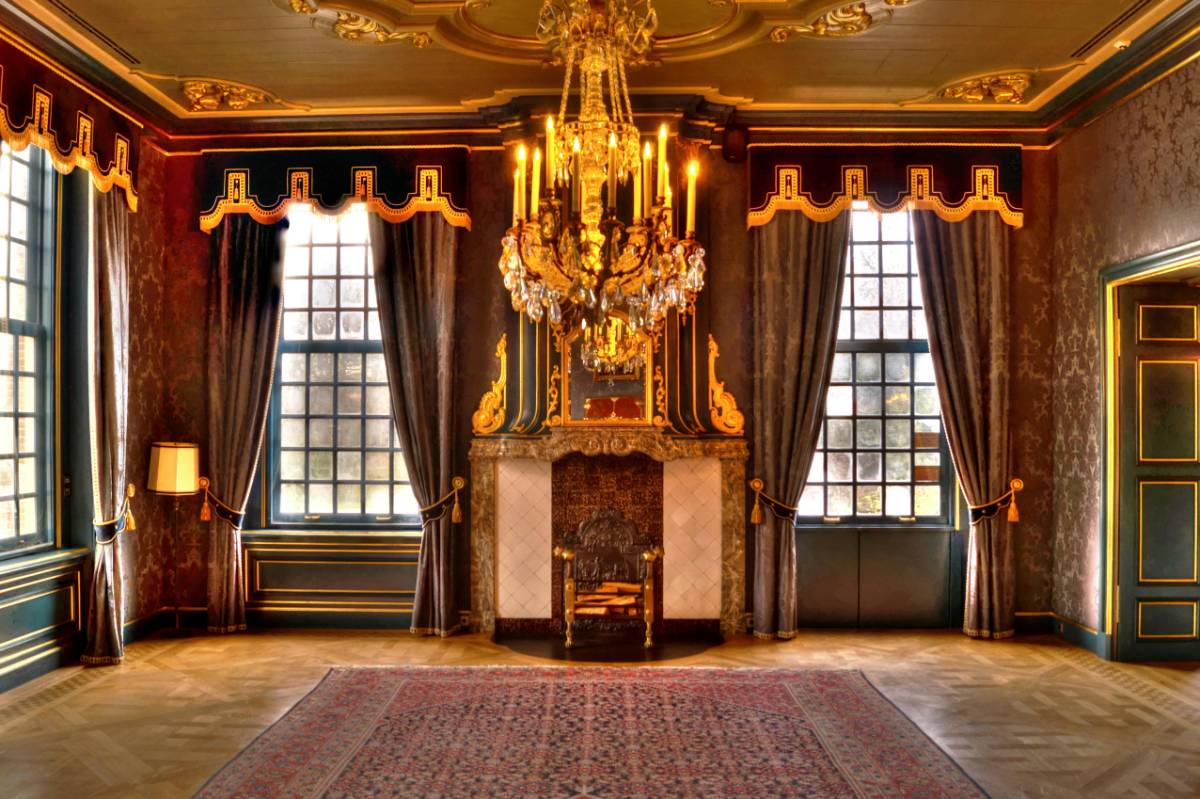
Eco-Friendly Materials Revolutionizing Sustainable Design
The push for sustainability has led to groundbreaking innovations in the materials used for construction and design. Eco-friendly materials are at the forefront of this revolution, combining functionality with environmental responsibility. These materials are not only reshaping the way buildings and products are made but are also setting new standards for the future of sustainable design. Here’s a closer look at how eco-friendly materials are revolutionizing the design landscape.
The Importance of Sustainable Materials
Sustainable materials play a crucial role in reducing the environmental footprint of construction and manufacturing. By utilizing resources that are renewable, recycled, or have minimal impact on ecosystems, these materials contribute to a circular economy and promote long-term environmental health.
In addition to their environmental benefits, eco-friendly materials often provide enhanced performance, durability, and aesthetic appeal, making them a preferred choice for designers, architects, and consumers alike.
Bamboo: A Rapidly Renewable Resource
Bamboo is one of the most versatile and sustainable materials available today. Its rapid growth rate, strength, and flexibility make it ideal for various applications, from flooring and furniture to structural components.
In addition to being a renewable resource, bamboo sequesters large amounts of carbon dioxide during its growth, further contributing to its environmental benefits. Its natural aesthetic also makes it a popular choice for creating warm and inviting spaces.
Recycled Steel: Strength with Sustainability
Recycled steel is a game-changer in sustainable construction. It offers the same strength and durability as traditional steel while significantly reducing the environmental impact of its production.
By repurposing existing steel, this material conserves energy, reduces waste, and minimizes the demand for raw materials. Its applications range from structural frameworks to roofing, showcasing its versatility in sustainable design projects.

Hempcrete: A Natural Insulator
Hempcrete, made from the woody core of the hemp plant mixed with a lime-based binder, is gaining popularity as an eco-friendly building material. Its lightweight, breathable, and insulating properties make it an excellent choice for walls, roofs, and insulation.
In addition to being sustainable, hempcrete absorbs carbon dioxide during its curing process, making it a carbon-negative material that actively reduces greenhouse gas emissions.
Cork: Renewable and Resilient
Cork is another sustainable material making waves in the design world. Harvested from the bark of cork oak trees without harming the trees themselves, cork is renewable and biodegradable.
Its natural elasticity, water resistance, and acoustic properties make it a versatile material for flooring, wall coverings, and furniture. Cork’s unique texture and warmth add a distinctive charm to any space.
Recycled Plastic: Turning Waste into Value
Recycled plastic is transforming the way waste is perceived. By repurposing plastic waste into durable and versatile materials, designers are finding innovative ways to reduce landfill pollution.
From furniture and building components to textiles and home accessories, recycled plastic offers endless possibilities while promoting the principles of circular design. Advances in recycling technology are also improving the quality and aesthetics of recycled plastic products.
Mycelium: A Living Material
Mycelium, the root structure of fungi, is an emerging material in sustainable design. Grown using agricultural byproducts, mycelium can be molded into various shapes and forms, making it suitable for packaging, furniture, and even building components.
As a biodegradable and renewable material, mycelium aligns perfectly with the goals of sustainability. Its ability to break down naturally at the end of its life cycle further enhances its appeal as an eco-friendly option.
The Rise of Bio-Glass
Bio-glass, made from 100% recycled glass, is redefining the possibilities of sustainable materials in design. Its vibrant colors, translucency, and strength make it an ideal choice for countertops, tiles, and decorative elements.
By diverting glass waste from landfills and repurposing it into stunning products, bio-glass exemplifies how waste can be turned into a valuable resource. Its unique aesthetic adds a modern and artistic touch to sustainable designs.
Benefits of Eco-Friendly Materials
The use of eco-friendly materials extends beyond environmental advantages. These materials often offer improved thermal performance, enhanced durability, and healthier indoor environments due to the absence of harmful chemicals.
By prioritizing sustainable materials, designers and architects are not only contributing to a greener future but also creating spaces that promote well-being, innovation, and timeless beauty.
Conclusion
Eco-friendly materials are revolutionizing sustainable design by proving that environmental responsibility can coexist with innovation and creativity. From bamboo and hempcrete to mycelium and bio-glass, these materials are setting the stage for a more sustainable and beautiful world. As the demand for green solutions continues to grow, eco-friendly materials will undoubtedly play a pivotal role in shaping the future of design and architecture.



